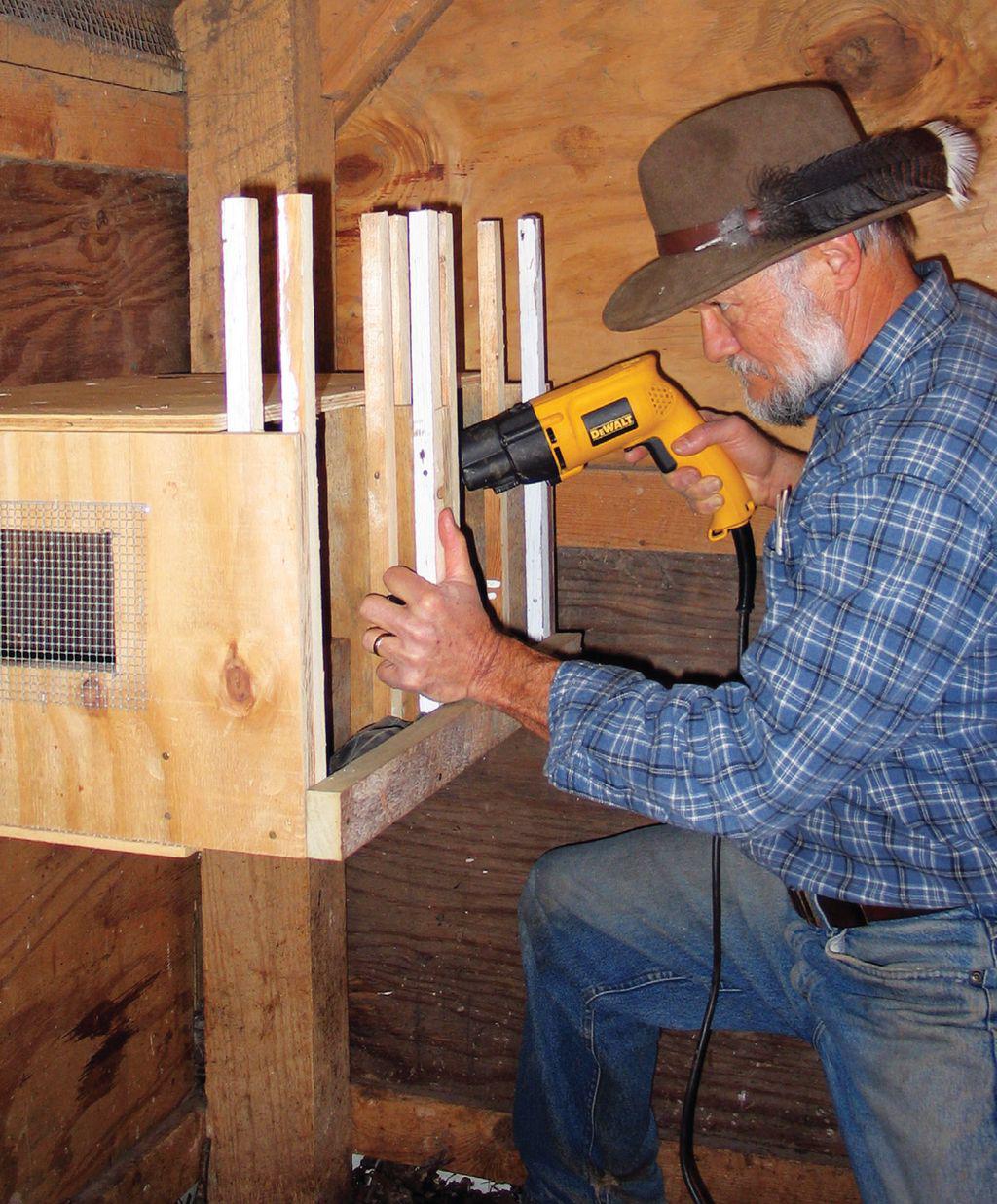Improve Your Flock with TRAPNESTS


Traditional indicators of “who’s laying and who’s lying” in a flock include wide, moist vents; generous space between pelvic bones; and expansive, pliable abdomens. But when you’re selecting the best-laying breeders for your flock, you should know precisely which hen is laying which egg. Yes, those hens with the “wide, moist vents” are the ones in active production. But is such a hen laying five eggs per week, or six? Do these eggs have an average weight of 57 grams, or 64? Knowing those answers with certainty is essential if you’re to select for daughter hens that will lay even more large eggs.
Targeting other egg traits might be important to you as well, such as intensity of shell color in breeds known for unusual hues — Ameraucanas, Marans, and Welsummers, for example. And what about egg shape or shell texture, thickness, and integrity (an absence of flaws that weaken the shell)? Like the rate of lay and average size, such eggshell qualities are heritable, so breeding for the production of more-desirable eggs in future years requires removing the layers of less-desirable eggs from your breeding program now. And that requires trapping the hen in the nest with the egg she has laid, so you can identify her and mark her egg for your records before releasing her.
Trapnest Design
Serious poultry breeding.) Familiarity with those designs might suggest a model that best fits your management style, henhouse layout, and skill set. Many designs are effective so long as they feature a door that allows the hen to enter, but which is triggered to drop or swing into blocking position by the movement of the hen into the nest.
You’re reading a preview, subscribe to read more.
Start your free 30 days





